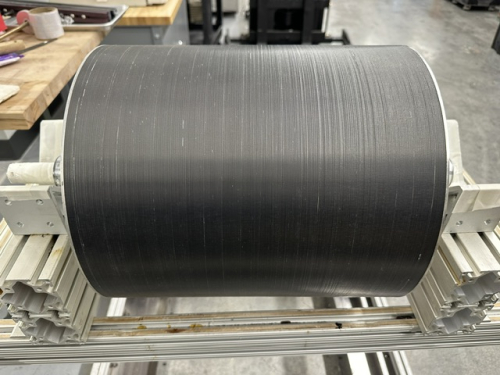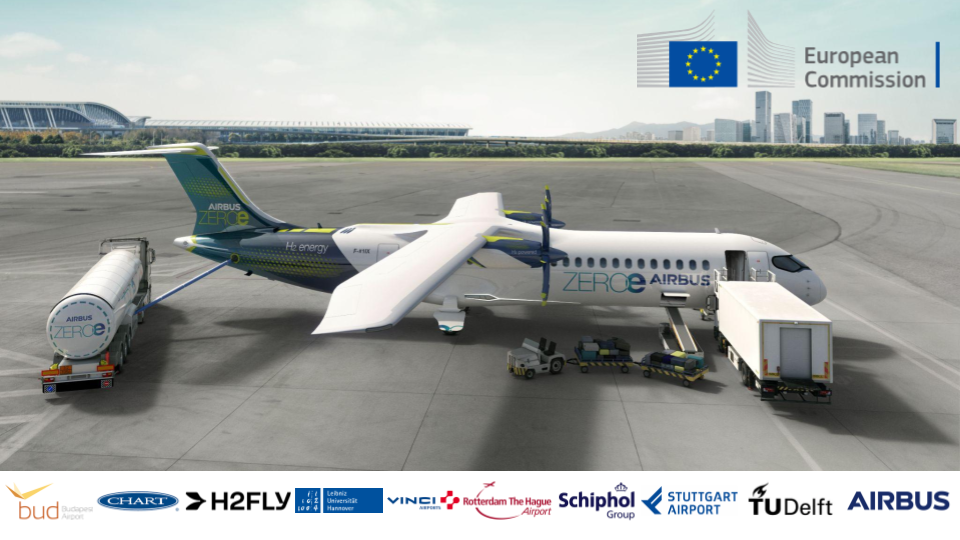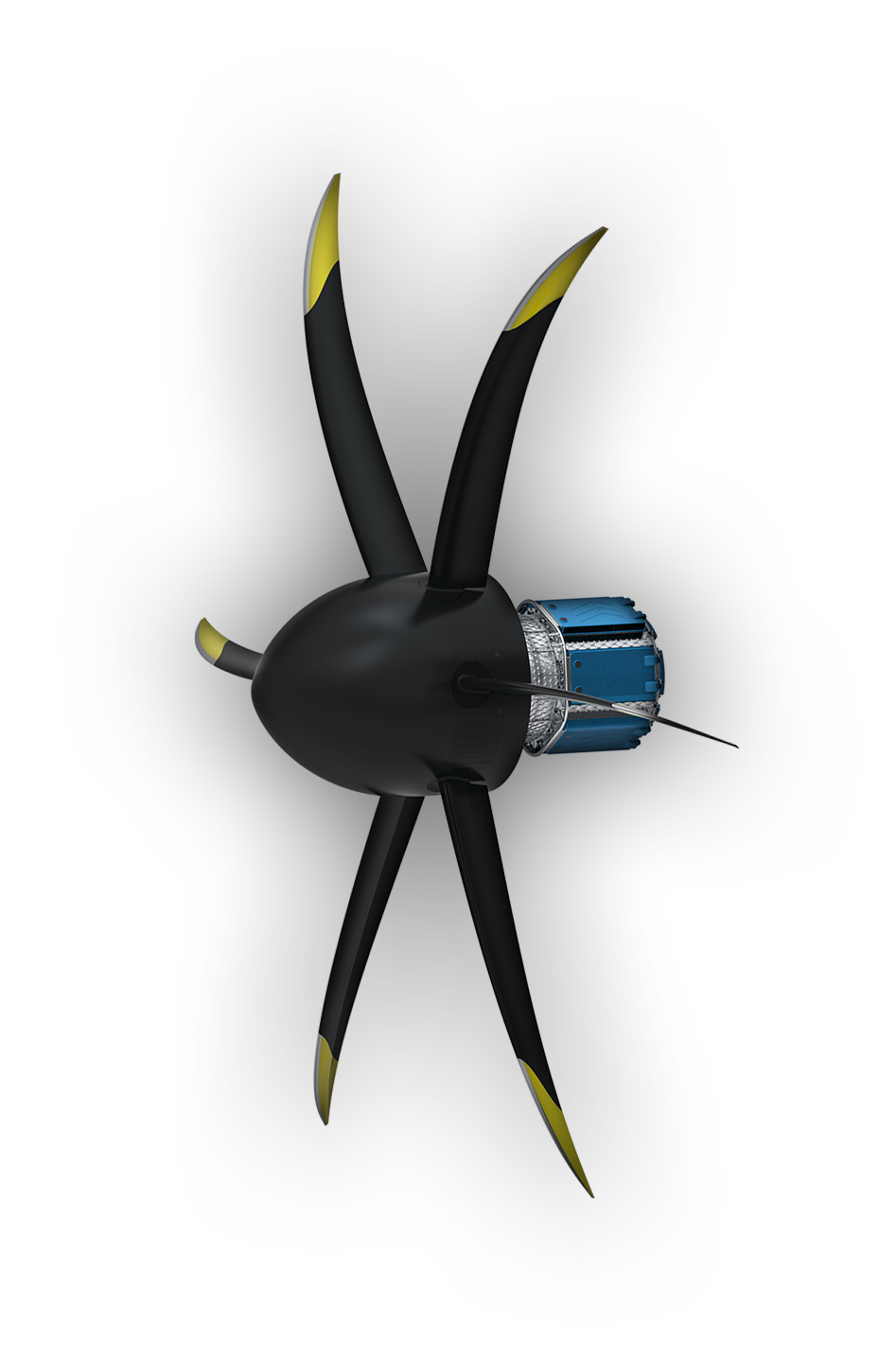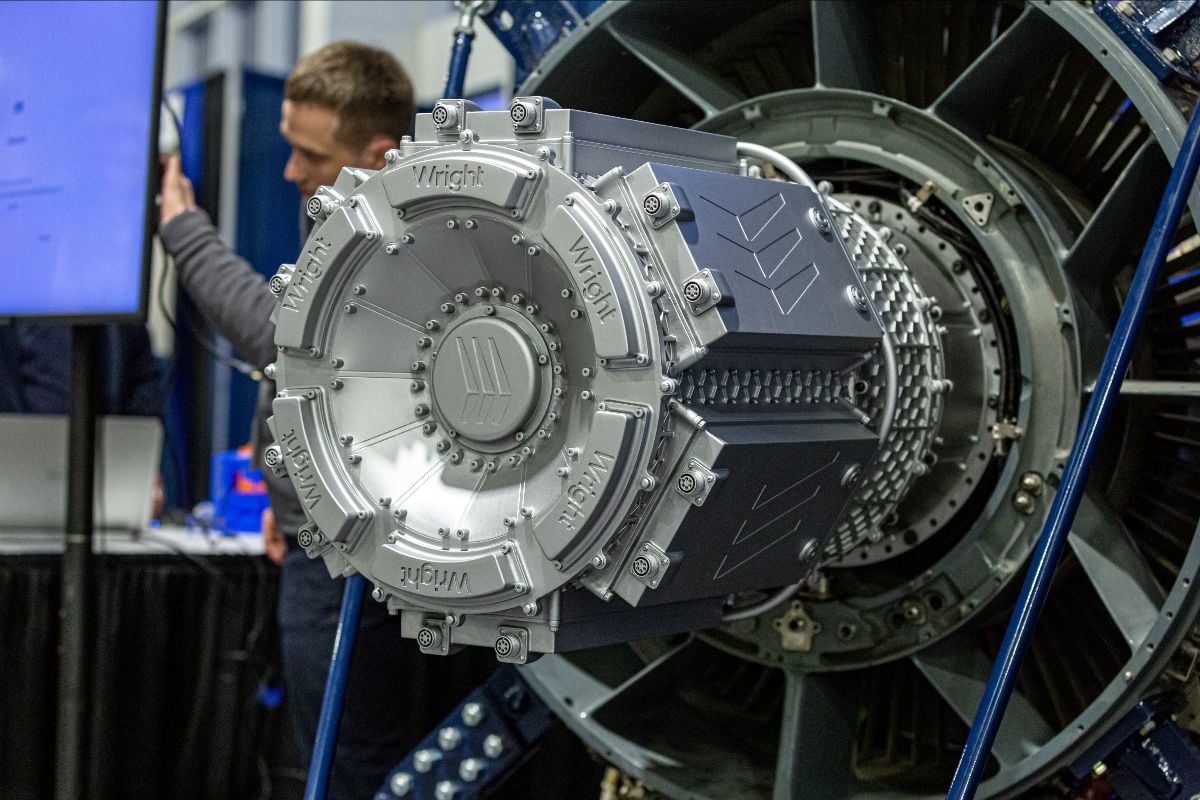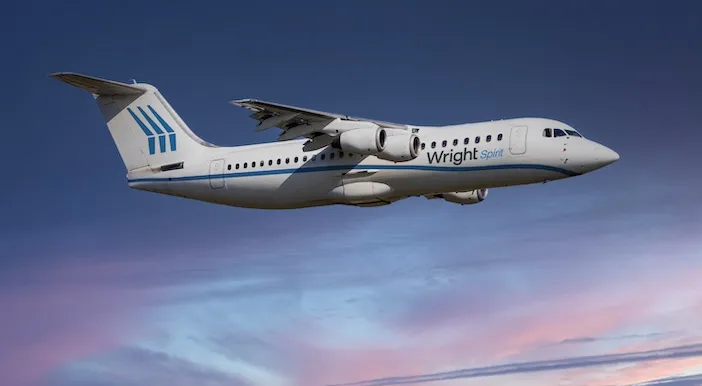
Potential Discharge test done at Wright shows motor can be used at high altitudes safely.
Engineers at Wright Electric have successfully tested its 2MW motor at a simulated atmosphere equivalent to 43,000ft of altitude in its laboratory without Potential Discharge.
US-based Wright plans to convert BAe 146 regional aircraft with an electric propulsion system it is developing. The Wright Spirit will be capable of transporting up to 100-passengers for one-hour flights and is planned to fly for the first time in 2026.
The company, which was founded in 2016 is then targeting a 2030 entry into service for its Wright 1, a 186-seat airliner with an 800 mile (1.300km) range.
Wright Electric engineers have been focused on developing its megawatt-scale electric propulsion system for aircraft since early 2020 when the company moved into new premises in Albany, New York. The motor Potential Discharge (PD) test is the latest milestone in the development of the propulsion system – previous successful tests announced include a high-efficiency, high-power density inverter.
Wright is also working on high-capacity batteries, [which] it says will be four times more energy dense than current generation battery packs and be ready by 2027.
Engineers at Wright Electric have successfully tested its 2MW motor at a simulated atmosphere equivalent to 43,000ft of altitude in its laboratory without Potential Discharge.
US-based Wright plans to convert BAe 146 regional aircraft with an electric propulsion system it is developing. The Wright Spirit will be capable of transporting up to 100-passengers for one-hour flights and is planned to fly for the first time in 2026.
The company, which was founded in 2016 is then targeting a 2030 entry into service for its Wright 1, a 186-seat airliner with an 800 mile (1.300km) range.
Wright Electric engineers have been focused on developing its megawatt-scale electric propulsion system for aircraft since early 2020 when the company moved into new premises in Albany, New York. The motor Potential Discharge (PD) test is the latest milestone in the development of the propulsion system – previous successful tests announced include a high-efficiency, high-power density inverter.
Wright is also working on high-capacity batteries, [which] it says will be four times more energy dense than current generation battery packs and be ready by 2027.




